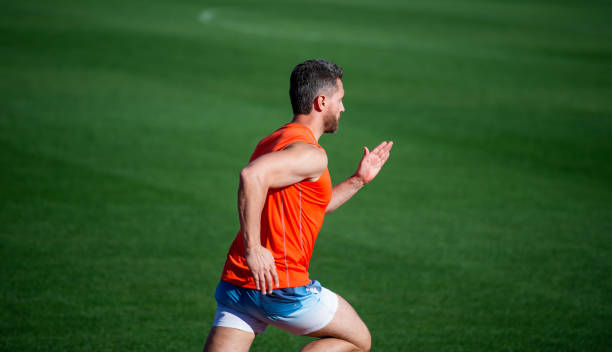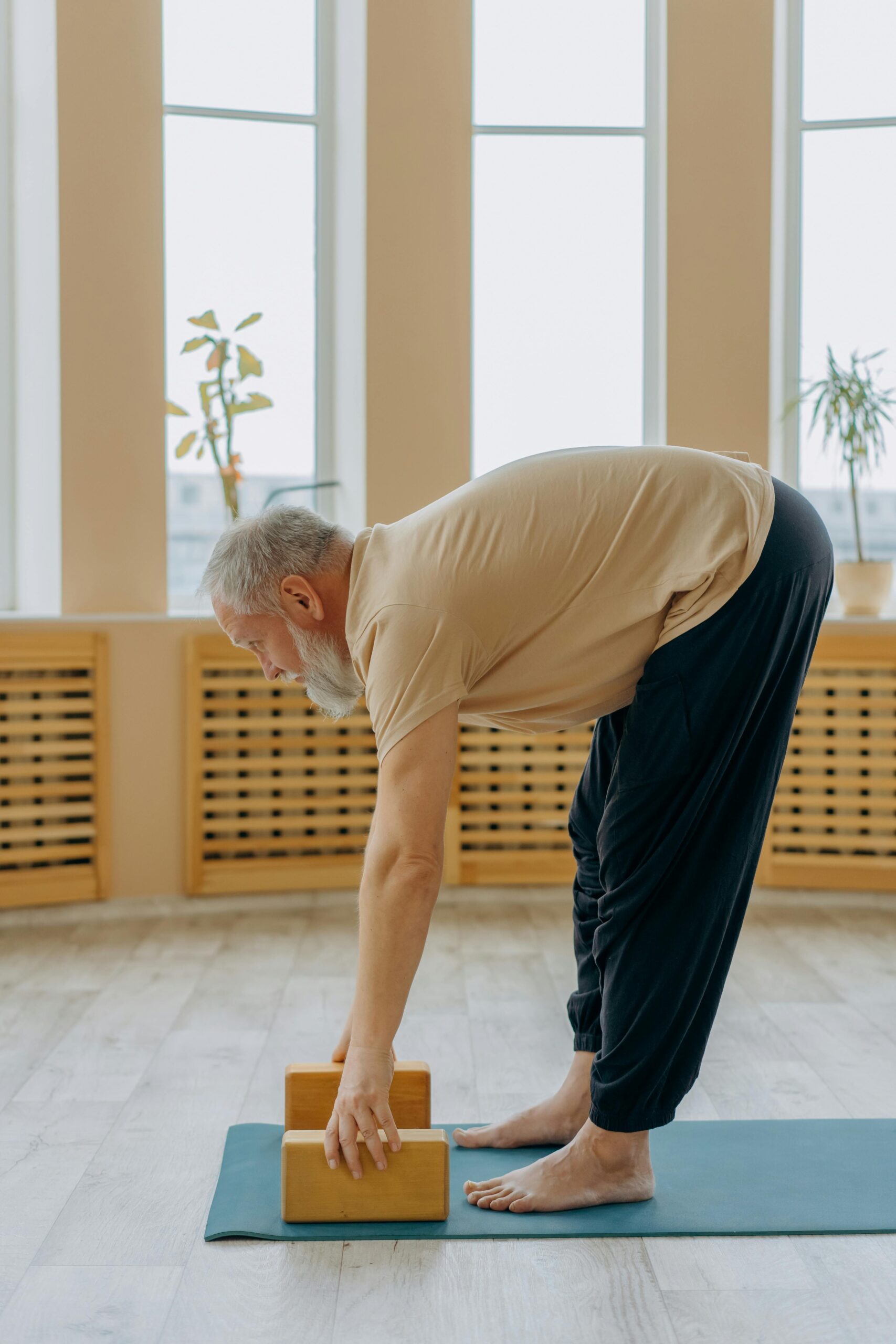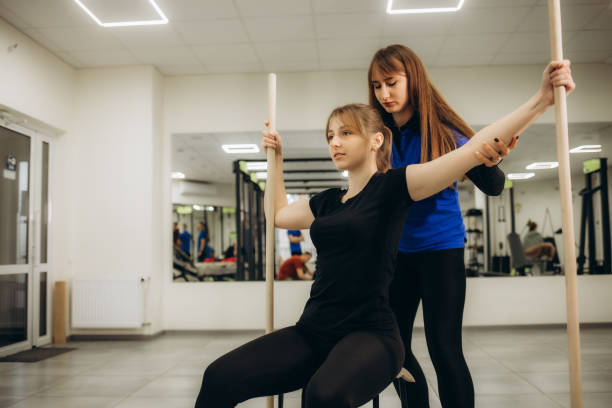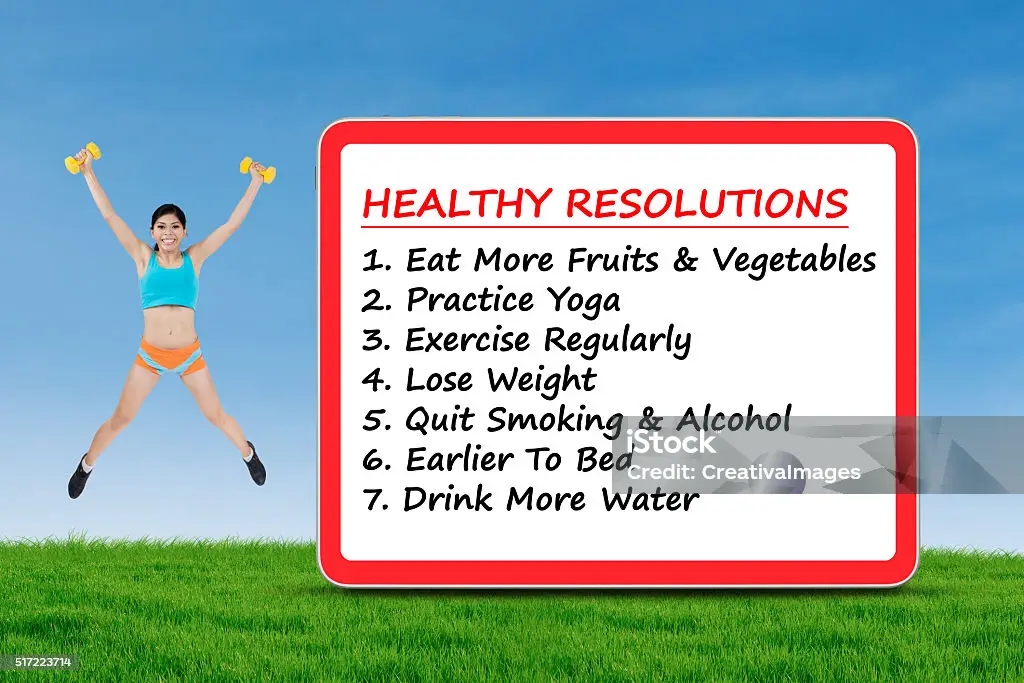The Importance of Exercise for Health and Well-Being. The introduction delves into positive impacts sustained via physically active living. Regular exertion affords myriad perks for general welfare and condition. Transitioning into deeper discussion, later sections unpack gains.
GRAB THE WEIGHT LOSS SECRETS HERE
Explore natural weight loss remedies you can easily practice at home, discover healthy lifestyle changes perfect for beginners, and get daily health tips designed especially for seniors to enhance well-being.
How Activity Aids Cardiovascular Strength
Activity robustly bolsters the heart and circulator, pumping the heart with more vigor and improving cholesterol and blood pressure ranges. As a result, risks of potentially deadly ailments, including heart attacks and strokes, decrease markedly. Strength training simultaneously develops the muscles surrounding arteries so blood vessels can withstand higher stress.
Weight Management Through Motion
Another seminal advantage involves weight regulation. Daily exercise burns calories to facilitate weight maintenance or loss for those seeking to shed pounds. Even moderate action prevents weight gain over the long term.
Furthermore, constant actiprocessorts metabolism so the body more efficiently processes consumed fuel. As an additional benefit, staying active enhances feelings of fullness and satisfaction after eating to curb unnecessary snacking.
Motility Powers Diabetes Defense
Diabetes prevalence keeps growing as modern lifestyles involve less mobility. However, being regularly physically dynamic boosts defenses against type 2 diabetes. Activity makes cells more responsive to insulin, which transports sugar into tissues, avoiding blood sugar spikes.
Muscle contractions also help insulin transport glucose inside cells for energy. Plus, exercise aids weight administration; staying nimble and strengthening natural defenses against developing this chronic condition are significant factors in diabetes risk reduction.
It not only serves the corpus but also supports mental health and temperament. Workouts trigger endorphin and serotonin releases for natural mood-boosting. They provide an avenue to blow off steam and unwind from daily pressures.
Over the half, keeping active seems to diminish somewhat the risks of developing clinical sadness or anxiety disorders. Additionally, exercise supports cognition maintenance and potentially delays some aging-related mental declines.
Overall, active livinvigorouslyly protects psycholCardiovascular Areas.
Cardiovascular efforts like running structuring regimenting ting swimming and weight-bearing actions are pivotal when structuring a regimen. Cardio exercises get the heart pumping harder for sustained periods to reap extensive benefits. Meanwhile, strength training engages muscles to help maintain mobility and independent living capabilities in later years. Additionally, flexibility, like yoga, stretches the body and relieves tension.
Start Slowly and Progrescomfortably and gradually sustainable
practice, start at a level, and increase duration or intensity. Adults ,, should aim your chosen sessionsrate cardio per week split into twotwoessions of your choosi—pairir aerobic activity with 2 strength sessions targeting major muscle groups. Take rest days as needed and listen to your body, avoiding overexertion, which could cause burnout or injury—staying consistent is critical to deriving long-term gains for health and joyfulness.
In conclusion, physical movement should be prioritized to significantly boost total welfare and well-being through diverse mechanisms. While starting may seem daunting, remaining dedicated to an activity level meaningful to your circumstances can significantly repay efforts over the years. Even modest activity confers noteworthy advantages and enhances overall quality.
How Motion Uplifts Mood and Mind
We all experience periods when we feel sluggish or low. However, did you know that physical exertion naturally lifts your spirits and well-being? This outline explores exercise’s impacts on the psyexercise’sphins: The Brain’s Built-in Happiness HoBrain’sOne mechanism involves endorphins, the body’s endogenous analgesics to relieve pain and induce euphoria. During movement, endorphins surge to act as natural opiates. Their “runner’s high” adds a sense of “runner’sactio” and helps manage stressors. Aerobic activities producing an endorphin rush include jogging, swimming, ng, or cycling outdoors with energizing music.
Serotonin: The Mood-Boosting Neurotransmitter
Another player is serotonin, the neurotransmitter controlling various processes like sleep, appetite, te, and mood. Exercise prompts serotonin release, contributing to an elevated disposition. This neurotransmitter supports recovering from transitory dips while reducing risks for prolonged sadness. Even light activity helps normalize serotonin levels to stabilize temperament over the long term.
Managing Anxiety through Concerted Breathing
Mental calm and centeredness are achieved through attention to breathing patterns during yoga or tai chi. These activities provide progressive muscle relaxation and meditation-like mind-calming. Deep breaths supply more oxygen to cerebral regions governing stress responses. Over time, devoting 10 minutes daily to controlled breathing routines cultivates manageable inner stillness without such practices.
Mitigating Symptoms of Clinical Depression
For some grappling with chronic despair, exercise functions as an effective natural antidepressant supplementarantidepressantg or antidepressant, a doctor’s advisement. Primarildoctor’suous activity augments anti-depressant effects on antidepressantomparantidepressant routines. When incorporated regularly, workouts help lift persistent gloom historically as or more than antidepressants alone for maantidepressantses.
Pantidepressantselated Cognitive Decline
Staying intellectually nimble involves cardiovascular challenges that spur angiogenesis or new blood vessel formation, delivering more oxygen and nutrients to brain regions liable to declina, like the hippocampus, which controls memory consolidation. Lifelong learning staves off intellectual stain,gnan, and cy, while even modest weekly activity appears neuroprotective against Alzheimer’s disease and age-rAlzheimer’sry loss impairment.
Boosting Self-Efficacy and Self-Confidence
As muscles develop or weight loss occurs, it renews vigor and self-belief in one’s physical abilities. It one’srmofundamentalmentall barriers or participating in amateur that fuelshatfuel pride regarding what the body can achieve. This self-assurance radiates to other domains where trying new challenges with confidence occurs instead of resigning self-doubt about capacities before attempting. Regular body care shows self-respect, enhancing charisma.
In conclusion, mind and body interconnect strongly, and promoting lasting mental health requires habitual movement integrated into life. Basic yet consistent fitness offers preventative support for assorted issues, while clinical cases seeking remission gain subsubstantial benefits. Dedicating as little as 30 minutes three times weekly holds the potential to elevate life satisfaction tremendously through natural mechanisms.


















Leave a Reply